How to Tell if It’s Pinkeye
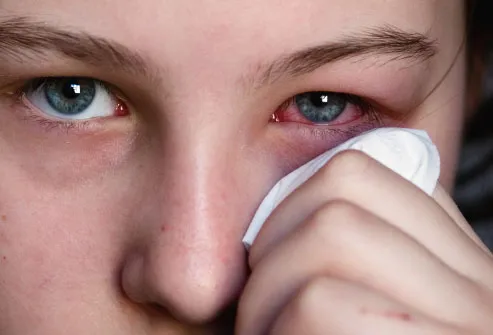
Pinkeye -- also called conjunctivitis -- is redness and inflammation of the clear membranes covering the whites of the eyes and the membranes on the inner part of the eyelids. Pinkeye is most often caused by a virus or by a bacterial infection, although allergies, chemical agents, and underlying diseases can also play a role.

Viral and bacterial pinkeye are extremely contagious. It's easily spread through poor hand washing or by sharing an object (like a towel) with someone who has it. It can also spread through coughing and sneezing. Kids diagnosed with infectious pinkeye should stay out of school or day care for a short period of time. Allergic pinkeye (caused by seasonal pollens, animal dander, cosmetics, and perfumes) and chemical pinkeye (from chemicals or liquids, including bleach and furniture polish) are not contagious.
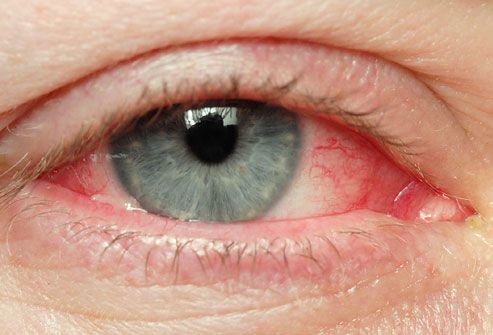
Redness of the eye is the typical, telltale symptom of pinkeye. Pinkeye is a common condition that is rarely serious and unlikely to cause long-term eye or vision damage if promptly detected and treated.
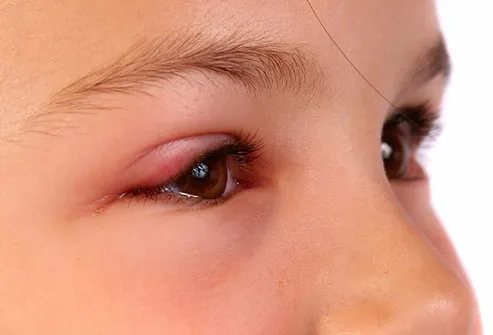
The symptoms of infectious pinkeye typically begin in one eye and involve the other eye within a few days. Symptoms of allergic pinkeye usually involve both eyes and almost always includes itching. Swelling of the eyelids is more common with bacterial and allergic pinkeye.
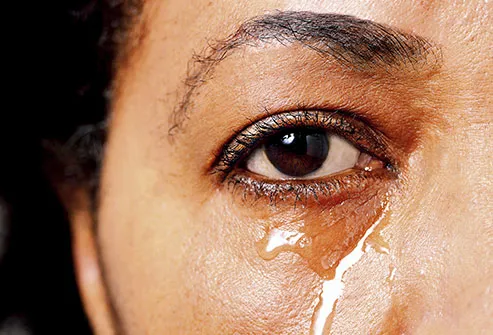
Viral and allergic pinkeye are known for causing more tear production than usual.
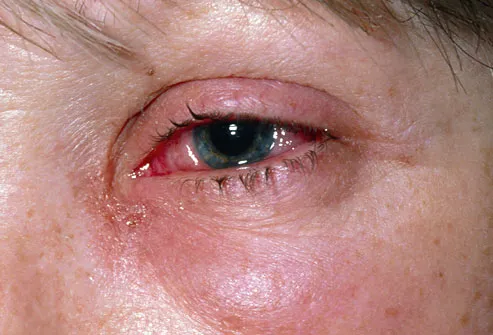
You would know it if you felt it -- that overwhelming itchy, burning feeling in the eyes, which is typical of pinkeye.
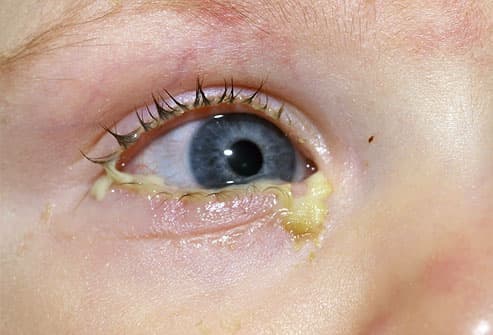
A clear, watery drainage is common with viral and allergic pinkeye. When the drainage is more greenish-yellow (and there's a lot of it), this is likely bacterial pinkeye.
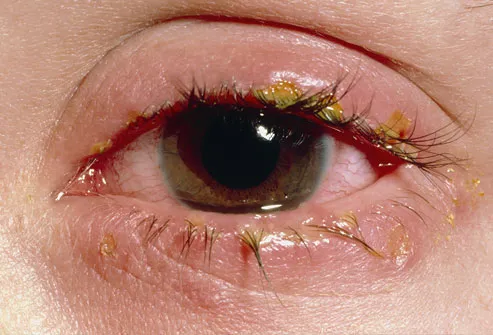
If you wake up with your eyes "stuck shut," this may be caused by the discharge that accumulates during sleep from pinkeye.

Pinkeye can cause mild sensitivity to light. A person who has severe symptoms, such as changes in eyesight, severe light sensitivity, or severe pain may have an infection that has spread beyond the conjunctiva and should be examined by a doctor.

You may notice a bothersome feeling like something is stuck in your eye. Or, a child may describe the feeling as sand in the eye.
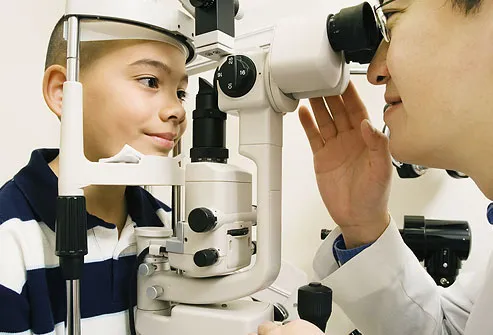
A doctor can often diagnose pinkeye just by its distinguishing signs and symptoms. However a slit lamp exam may be required. In some cases, a swab of the discharge from the eye is sent to a lab to determine the cause.

Persistent pinkeye could be from a severe allergy or infection that needs treatment. Also, the eyelid could be irritated called blepharitis, or the cornea called dry eye. Rarely, it is a sign of an illness in the body like rheumatoid arthritis, systemic lupus erythematosus (lupus), or inflammatory bowel diseases, such as ulcerative colitis and Crohn's disease. Pinkeye is also seen in Kawasaki disease - a rare disease associated with fever in infants and young children.
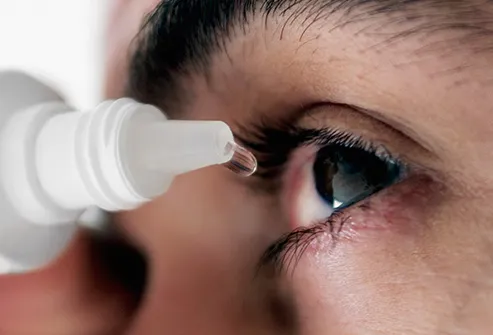
Bacterial pinkeye is treated with antibiotic eye drops, ointment, or pills to clear the infection. Most viral pinkeye cases have no specific treatment, you just have to let the virus run its course, which is usually four to seven days. Allergic pinkeye symptoms should improve once the allergen source is removed and the allergy itself is treated but can get relief with antihistamines. Chemical pinkeye requires prompt washing of the affected eye(s) for five minutes and an immediate call to the doctor.

To reduce pain and to remove the discharge of bacterial or viral pinkeye, use a cold or warm compress on the eyes. Make sure to use a different washcloth for each eye to prevent spreading any infection. And use clean washcloths each time. Clean the eye from drainage by wiping from the inside to the outside of the eye area.

With bacterial pinkeye, you can usually return to work or school 24 hours after antibiotics have been started, as long as symptoms have improved. With viral pinkeye, you are contagious as long as the symptoms last. Check with your doctor to be certain.